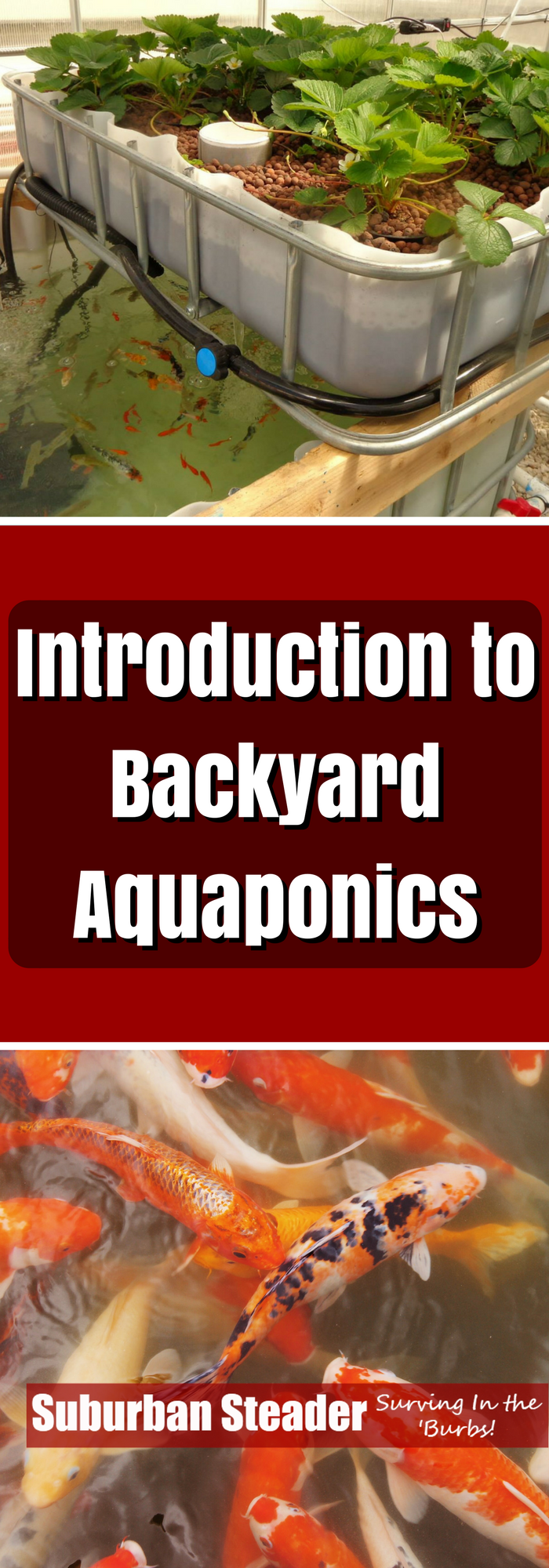Tactical Gear for Preppers – What You Wish You Had
Prepping is the act of staying well prepared in the event of war or an emergency. That being said, preppers are a fickle bunch. We run the gambit from veggie growing gardeners who want to provide for their family to full-out “I’m ready to fight during the end of days” warriors. Tactical gear is important for all but the most hippy, peace-loving among us preppers. Whether it’s just a firearm to protect your home and loved ones or a full-up kit to survival a worst case scenario, I’ll help you determine what you need to feel comfortable and secure
Tactical Gear For Preppers?
Tactical gear is designed to accompany you in some situations, give you a quick and easy access to your tools/ammo and also give you a perfect chance of coming out of a dangerous situation alive.
Why do preppers need tactical gear? First and foremost, it’s good to understand that this gear is used by military as well as law enforcement personnel. The reason why tactical gear is ideal for a prepper is because they help stay alert and defend your position in case of a disaster.
The reason why preppers prefer tactical gear over more commercial gear is because of its high-performance features. Preppers understand the many functions and tasks this gear is capable of performing without getting damaged. The fact that military and law enforcement personnel rely on it proves its rugged and durable nature.
What Is The Best Tactical Gear?
Although there is a wide range of tactical gear available, not all are necessary in the life of a prepper. There is special gear you’ll need to consider for combat and there are those pieces of gear you can live without. I don’t actually mean the real thing (military personnel going on a mission) when I talk about combat. I’m referring to potential riots, clashes or even misunderstanding in a government where a state of emergency is issued. With those situations in mind, I can quickly highlight some of the tactical gear that may benefit preppers. These include:
- Tactical Plate Carriers
- Assault Packs
- Tactical Helmets
- A Side Arm
- Tactical Boots
- A Knife
- Hand / Eye Protection
- IFAK
- Camouflage Suits
Tactical gear is much better than commercial gear due to its tougher fabrics, versatility and diversified features. All of these items help to keep you protected and armed in case of a bad scenario.
Tactical Plate Carriers
A tactical plate carrier is an essential piece tactical gear that protects you against lethal gunshots. Plate carriers have a variety of uses such as paintball and law enforcement uses. Tactical plate carriers are categorized into four major sets which include premium plate carriers, camouflage vests, modular chest rigs and law enforcement vests.
Assault Packs
Assault packs are perfect for prepping activities. These units come in a variety of different sizes and are widely used in tactical missions, technical jobs, and other law enforcement activities. Always check on the quality, durability, weight, and comfort when purchasing an assault pack. Other factors you need to consider is whether your assault pack has multiple compartments and its ability to offer comprehensive storage in a wide range of settings.
Tactical Helmets
Helmets help to protect your head from any possible injuries while relocating/searching. Always make sure that it’s tested and designed to offer maximum protection to your head without exposing you to any serious head injuries when choosing a helmet. There are several types of tactical helmets designed to suit a particular mission. Some of these helmets including Advanced Combat Helmets (ACH), Modular Integrated Communications Helmets (MICH) and Airsoft Helmets are available in most military outlet stores at affordable prices.
Tactical Boots
Tactical boots are used by law enforcement personnel, the military and firefighters to protect their feet against dangerous elements. They are available in a range of different types and designs to perfectly suit your intentions. Common types of boots available in the market include standard issue tactical boots, jump boots, tanker boots, desert boots and jungle boots.
Standard issue boots are made of waterproof leather material and are designed to offer maximum protection to your ankle and toes. These boots are suitable for all-terrain use and are best for combat and high altitude training.
Jump boots are designed for airborne forces and paratroopers. Introduced during WWII, these tactical boots have extended lacing and rigid toe caps to protect your ankle and toes against any injuries in case of a rough landing.
Tanker boots are made of fireproof hard leather that makes them resistant to high temperatures and unable to allow dangerous chemicals and spills reach your feet. Designed with straps instead of laces, these boots are perfect for heavy use due to their tough characteristics.
Hand / Eye Protection
Your hands and eyes are the essential weapons you own. It’s therefore important to keep them safe and in good working condition when using your tactical tools. Tactical gloves are made of high-quality materials such as nylon and leather. They are traditionally used by firefighters, medical and military personnel. The various types of tactical gloves include all-weather shooting gloves, Condor Tactician gloves, KTS100 HWI Gear mechanical gloves and Blackhawk gloves.
Choosing the best ballistic glasses is another important aspect you need to consider as a prepper. Depending upon the environment, tactical goggles can offer a wide range of protection from sand and dust particles to small bomb fragments which can cause total or partial blindness to one’s eyes. Some of the best tactical goggles to consider include Pyramex I-Force Safety Goggles, ESS Profile TurboFan Goggles, ESS Fight Deck Military Goggles and Bolle X1000 Tactical Safety Goggles.
Final Thoughts
There is a lot of other tactical gear which preppers can use to their advantage. Before making your purchase, however, it’s important that you figure out which loadouts are perfect for your intended purpose. Since these pieces of gear are relatively expensive, always look for loadouts which will suit your body type and needs. If you are interested in this kind of topic, then head over to solidgear.net for more information.


 There are so many benefits you’ll enjoy when you make a backyard aquaponic system. Unlike a fish pond where you’ll have to exchange water every now and then, an aquaponic system relies on the relationship between plants and aquatic animals. Freshwater fish release ammonia which is converted to nitrite by a nitrifying bacterium called Nitrosomonas. Another nitrifying bacterium called Nitrobacter converts the nitrite to nitrate which is used by the plants to freshen the water for the fish. This process of converting ammonia to nitrite then to nitrate is referred to as “the nitrogen cycle.”
There are so many benefits you’ll enjoy when you make a backyard aquaponic system. Unlike a fish pond where you’ll have to exchange water every now and then, an aquaponic system relies on the relationship between plants and aquatic animals. Freshwater fish release ammonia which is converted to nitrite by a nitrifying bacterium called Nitrosomonas. Another nitrifying bacterium called Nitrobacter converts the nitrite to nitrate which is used by the plants to freshen the water for the fish. This process of converting ammonia to nitrite then to nitrate is referred to as “the nitrogen cycle.”
